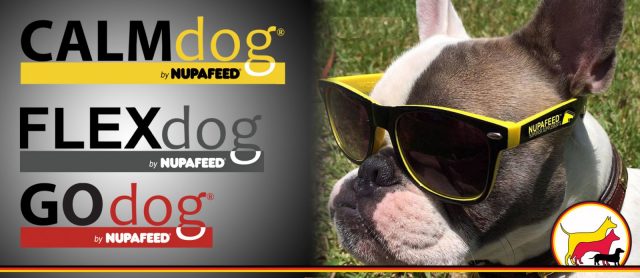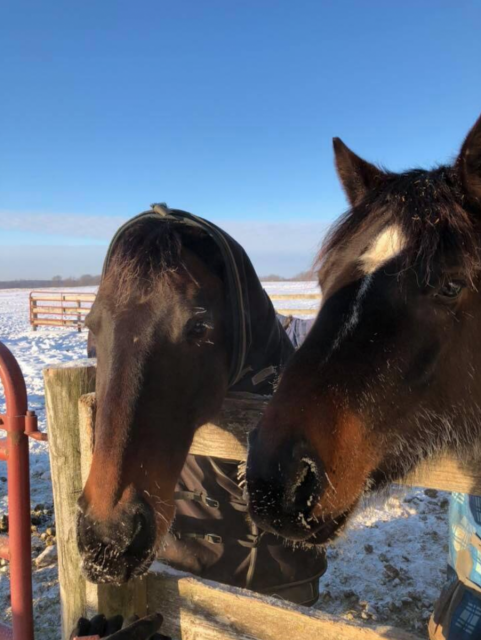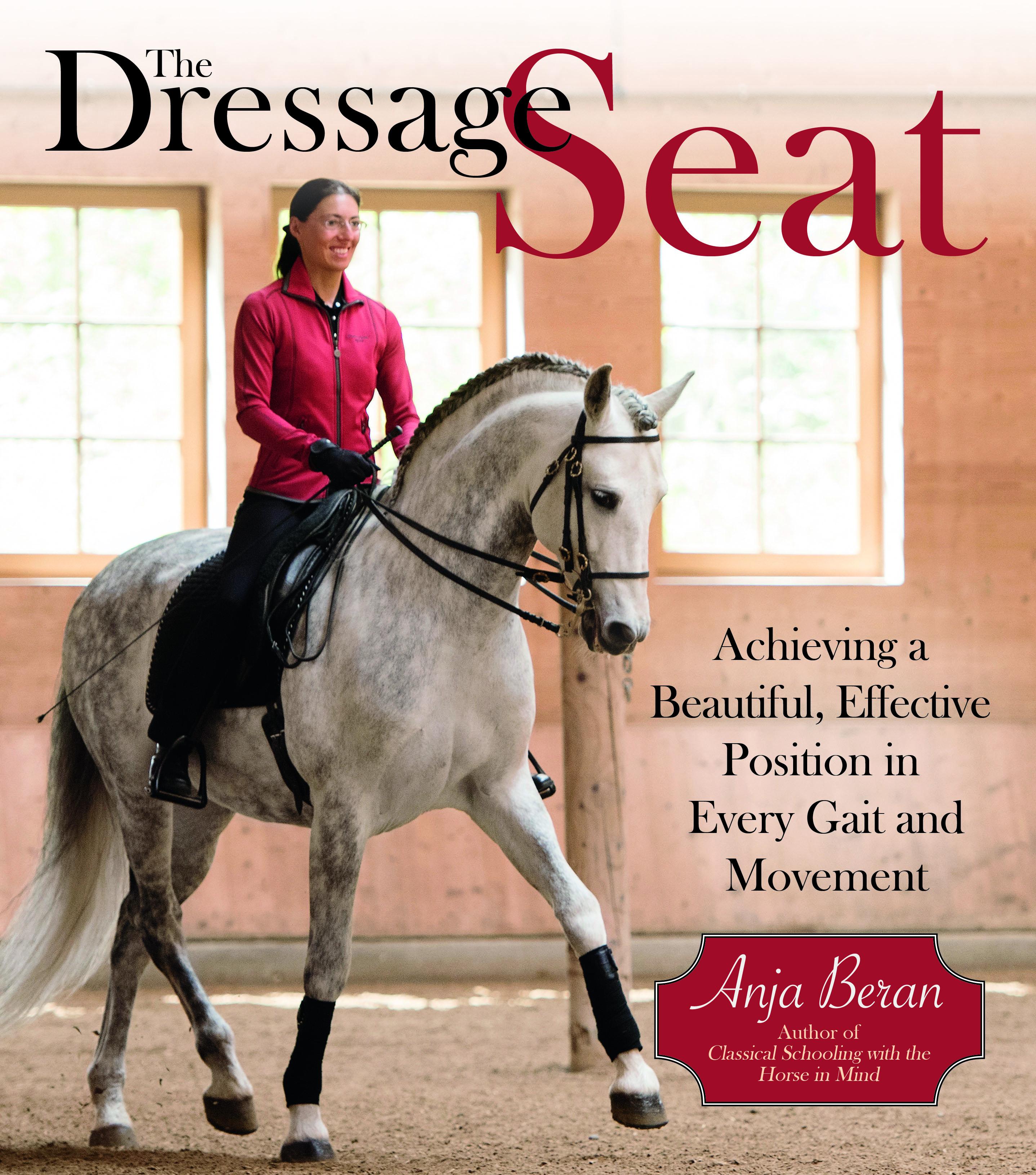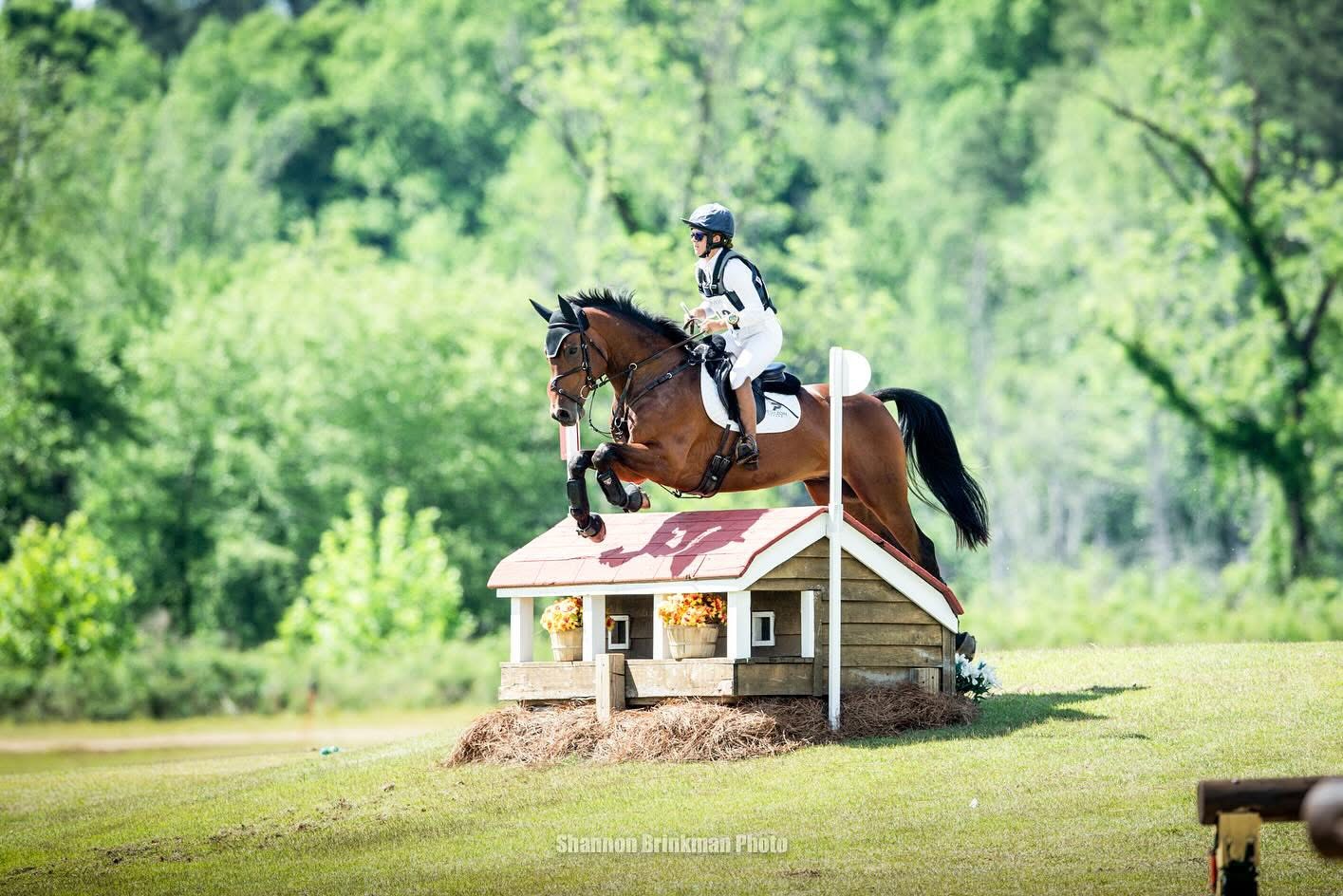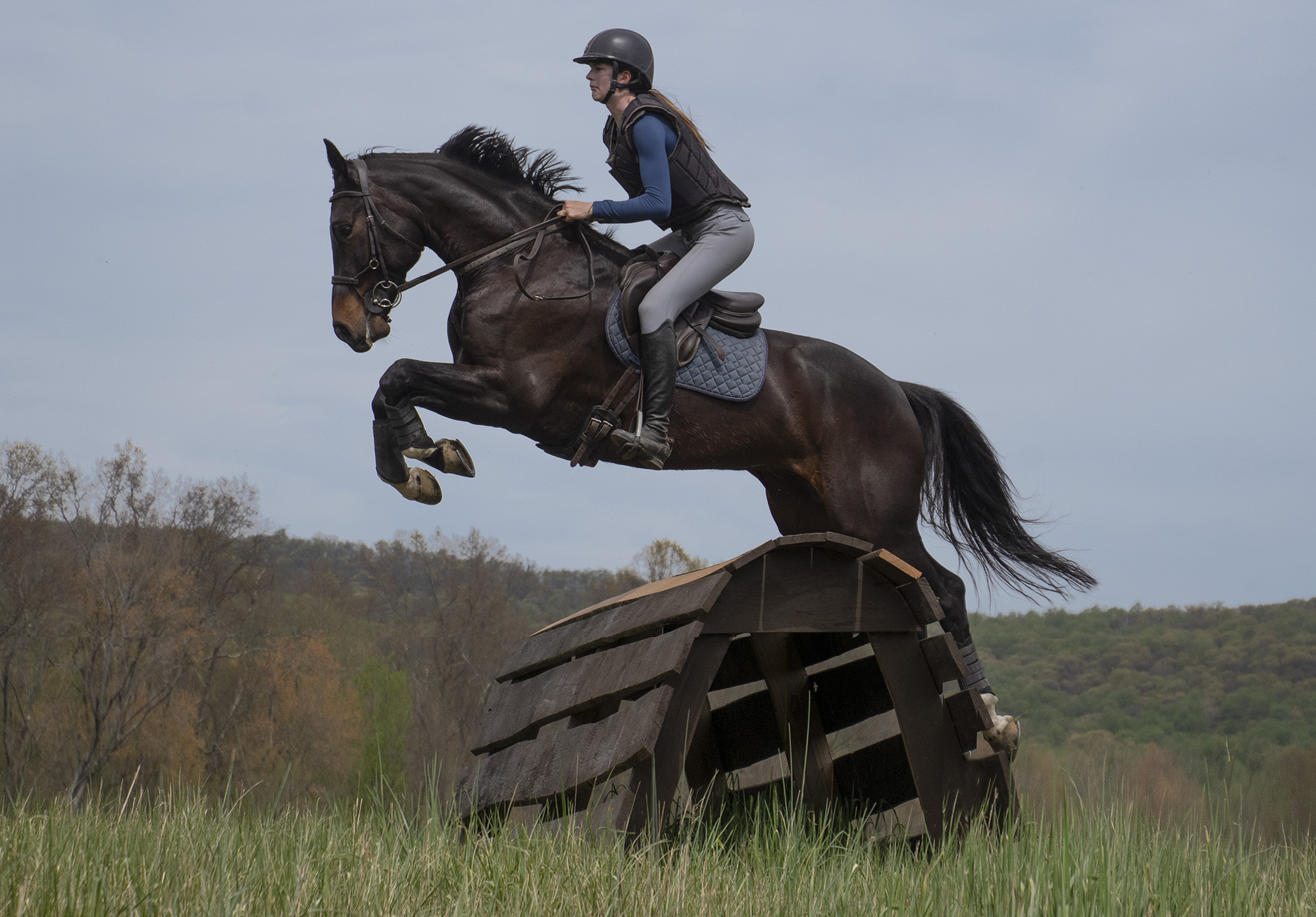As we all know, showing hunter jumpers on the A-circuit isn’t exactly known for being budget-friendly, but lately Facebook has been full of turmoil as show fees seem to be rising across the country. USEF raised the fee for lifetime recording of a horse from $200 to $300 in one year. Meanwhile, class fees, stall fees and nomination fees are rising, while prize money is staying the same. Here I am, scrolling through my phone and thinking: how the heck am I supposed to get time off work and save up the funds to attend more than two shows this year?
A few weeks back, my trainer and I had a heart-to-heart about my riding goals versus my budget. It has always been my goal to be as successful as possible, all the while growing through the levels at a decent pace. I had big dreams of hauling to some of the most dreamy venues like WEF, Devon or Live Oak and showing against top amateurs across the country, but with each check I write it becomes increasingly obvious that I can’t keep up with the Joneses on the A-circuit. As I rattled off some ideas of ways I could cut costs or bring in supplemental income to afford my habit, my trainer piped up and said, “or you could try eventing.

Flash and I at our first eventing derby. Photo by Jen Robertson.
The unique thing about my barn, Altamonte Show Stables in St. Louis, Missouri, is that they focus on both jumpers and eventing. I have gone on a few cross-country schooling opportunities and competed in an eventing derby in the past, but have never been brave enough to make the switch. In truth, I am horribly stubborn and once I set my sights on one day competing in the upper echelons of show jumping, I didn’t want to defer from that dream.
Initially, I brushed the idea off. I wasn’t interested in a discipline switch. I could figure it out. And then one afternoon while I sat at home staring at my projected budget and realized I couldn’t force the numbers to add up, I did some research.
Costs related to showing in the hunter jumper ring on the A-circuit include (but are not limited too):
- Membership for the USHJA is $85 for one year or $240 for three years.
- Membership for US Equestrian is $80 yearly.
- Stabling fees range from $75-1,000 a week depending on the show.
- Class fees for one division will typically add up to be around $150-300, depending on the show.
- Also keep in mind that jumpers have nomination fees of around $100+ per class.
- Office fees, medic fees, zone fees, ticketed schooling, etc will add up to be another $150-300, depending on the show.
If you are calculating on the low-end, I have found that I need to save around $1,500 for each show, and that number does not count trainer fees, hauling fees, hotel or food. If I did one show at around $2,500 a month, every other month, I would spend $15,000 alone in show-related expenses. As supportive as my husband is, there is no way I can convince him to support that number on top of other horse related expenses.
Costs related to competing in a USEA sanctioned horse trial include (but are not limited to):
- Membership for USEA is $95 for one year.
- Membership for US Equestrian is $80 yearly but only required for Preliminary level and up.
- Entry fees range from $150-400 per weekend.
- Stabling ranges from $80-200 per weekend, but some venues that charge higher entry fees include the cost of stabling.
- Some events have additional fees such as grounds fees, medic fees or office fees. Typically these fees are less than $100.
I did the research on the USEA sanctioned horse trials in my area and after paying my membership fees, I am only looking at around $600 a show INCLUDING my trainer fees and other expenses. And another perk? Most events are Saturday and Sunday, while some are stretched out over three days. One day of vacation every other month versus one week of vacation every other month is definitely more realistic for a working amateur rider. (Note: The cost of an FEI competition does go up in comparison to horse trials. My research placed an average FEI competition at around $1,200 a weekend in total for my expenses.)

Showing at the Kentucky Horse Park had always been a dream of mine. Thankfully, my participation in the Retired Racehorse Project made that dream come true! Who knows, maybe I will be able to return either as a jumper or an eventer. Photo by Meagan DeLisle.
In the long run, if I wanted to go back to the schooling show circuit I could definitely afford to show quite frequently in the jumper ring. There are many tiers to the hunter jumper circuit and it can be quite feasible to show at the lower levels. However, with the practical non-existence of B-Rated shows anymore, my only alternative would be the local schooling circuit. One of my life goals has been to qualify for some sort of final but, in reality, I cannot afford to compete enough to even qualify for finals like the North American League. I can, however, throw all of my funds into trying to qualify for the American Eventing Championships and have a much better shot, financially, at being able to show enough to qualify.
There is no doubt that the eventing community is doing something right. The affordability and flexibility of schedule is definitely attractive for this jumper lover potentially gone rogue. But what does this mean for the USHJA and the other riders who share my pain? When will enough be enough and the powers that be realize they are pricing the majority of their competitors out of the game?
I challenge the members of the USHJA committee to think about their stance on the “grassroots” of the organization a little differently. Think about your working amateurs who are maxing out the time clock to afford to show, your hungry junior riders who are working off the cost of their lessons, the professionals who are scraping up every penny just to get by and get their young horse seen. There is this awful saying that my parents recite to me every chance they get, “how do you make a million dollars in horses? Start with a billion.” But I challenge you to ask yourself: does it HAVE to be that way? Or have we just made it that way? How are we impacting our industry by doing that? Are we killing it?
I have to think that in some way, we might be.
So what do we do? We make our voices heard. We remind the governing bodies of our sport that affordability and accessibility is key. We remind them that, for the majority of us, this is a hobby and if it becomes a hobby we can’t afford, we may have to turn elsewhere thus resulting in a decline of membership numbers. We remind the leaders of our industry that we are present and that our concerns should mean something to them.
For now, I am going to don a cross country vest, grab a little mane and give a few horse trials a go. I won’t give up on the jumper ring completely, but I definitely aim to supplement my show schedule with eventing throughout the year. Who knows, maybe along the way I will find that my wallet and I love it and that my riding benefits from crossing disciplines.








